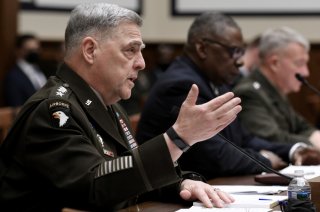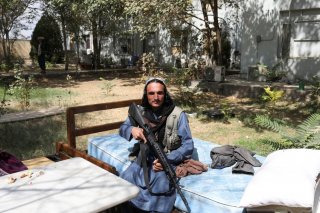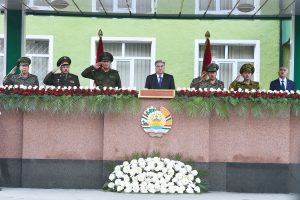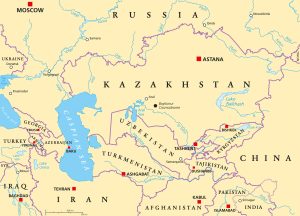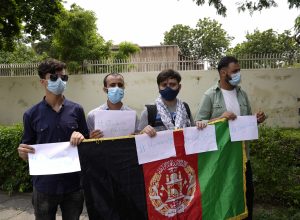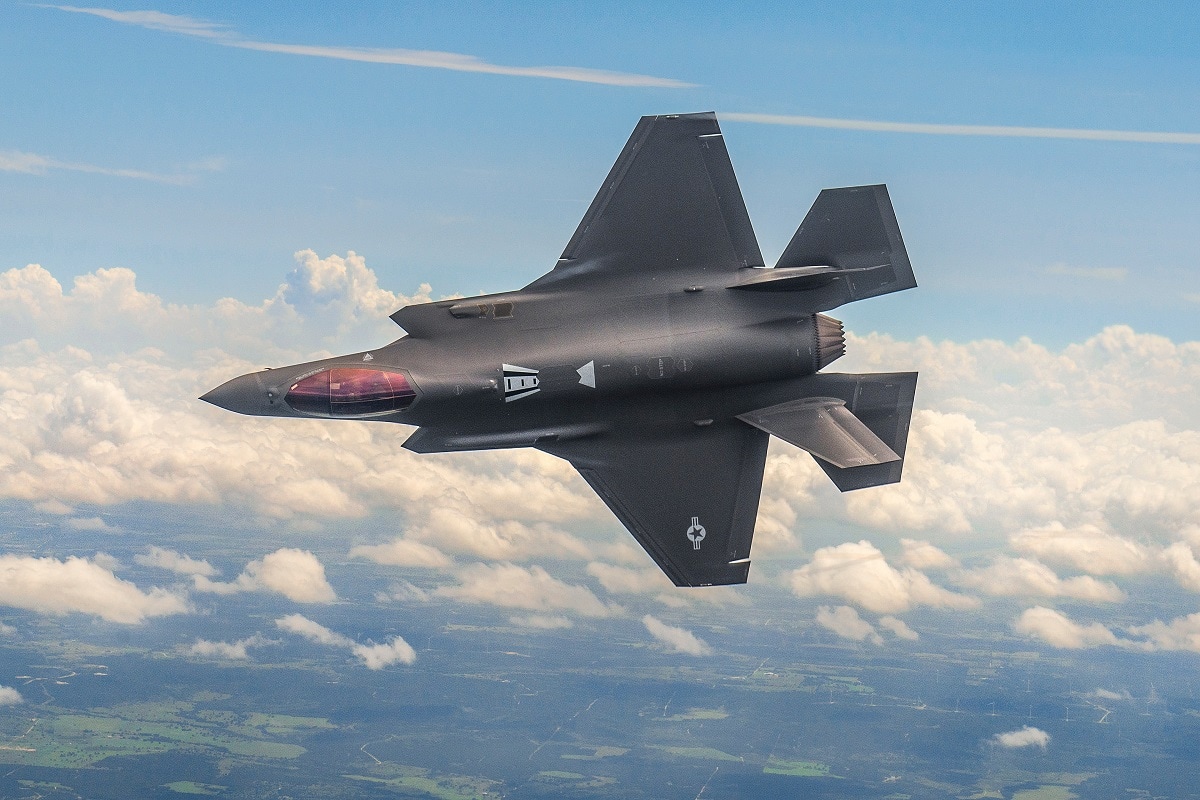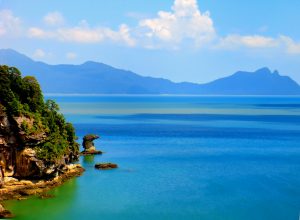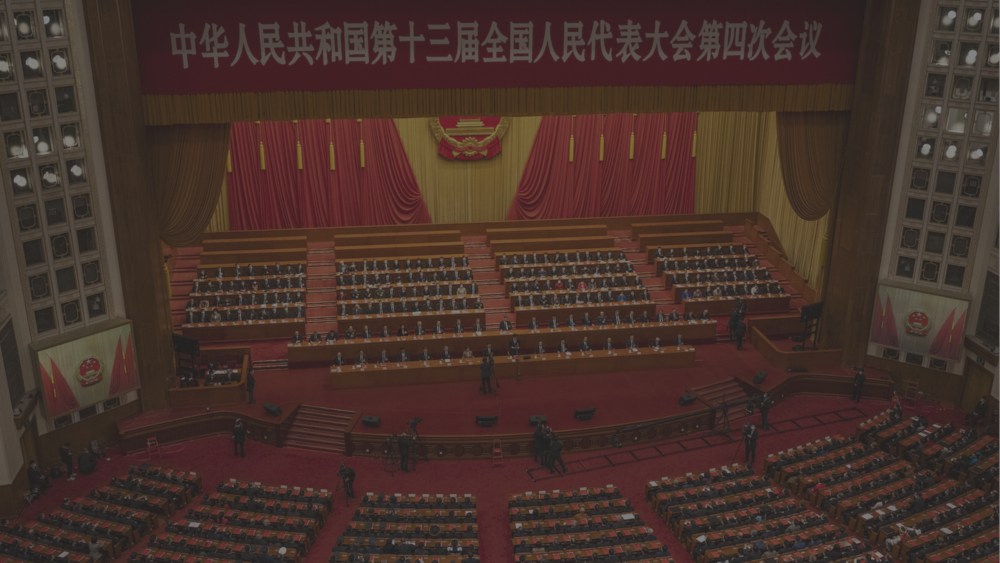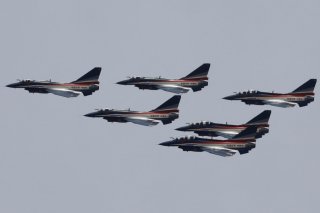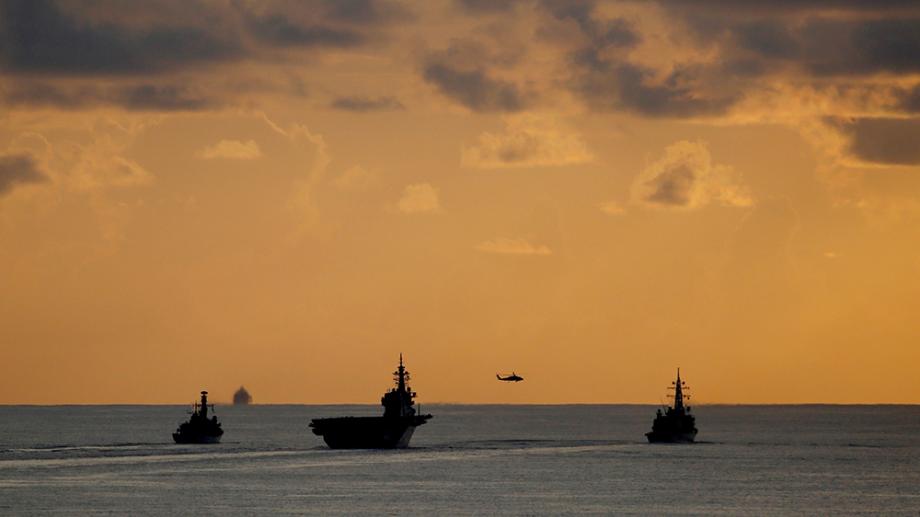Brenda Shaffer
An energy crisis is affecting almost every part of the globe, marked by record-high energy prices, tight supplies, and power blackouts. Some of the world’s richest countries and U.S. states such as California have been struggling to keep their electricity systems stable.
The first energy crisis in decades has come as a shock to many, who seem to have forgotten how energy insecurity reverberates onto every major sphere of public life: the economy, national security, the environment, and public health. As the world’s most traded good, energy is involved in everything we buy and consume, so energy prices and shortages significantly impact economic growth. Because energy is the most important input in manufacturing, stable prices and supplies are key to economic competitiveness. Electricity and fuels for heating, cooking, and transport are major items in every household budget, and price increases disproportionally affect the poor. Similarly, government institutions and infrastructure need stable and affordable energy supplies to function, putting public safety and health at risk when electricity supplies aren’t steady. Energy security has to be treated like national security, and governments need to ensure it.
The current energy crisis is particularly acute in Europe. Prices for natural gas, coal, and electricity have exploded, leading to protests over household power bills in Spain, 1970s-style gasoline shortages in Britain, and worryingly low supplies of natural gas across much of the continent as a possibly very cold winter is fast approaching.
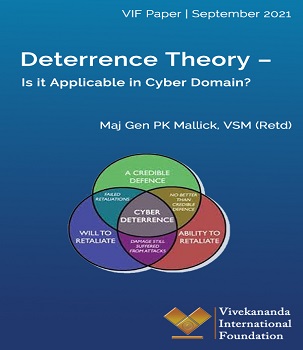 The Deterrence Theory was developed in the 1950s, mainly to address new strategic challenges posed by nuclear weapons from the Cold War nuclear scenario. During the Cold War, the U.S. and the Soviet Union adopted a survivable nuclear force to present a ‘credible’ deterrent that maintained the ‘uncertainty’ inherent in a strategic balance as understood through the accepted theories of major theorists like Bernard Brodie, Herman Kahn, and Thomas Schelling.1 Nuclear deterrence was the art of convincing the enemy not to take a specific action by threatening it with an extreme punishment or an unacceptable failure.
The Deterrence Theory was developed in the 1950s, mainly to address new strategic challenges posed by nuclear weapons from the Cold War nuclear scenario. During the Cold War, the U.S. and the Soviet Union adopted a survivable nuclear force to present a ‘credible’ deterrent that maintained the ‘uncertainty’ inherent in a strategic balance as understood through the accepted theories of major theorists like Bernard Brodie, Herman Kahn, and Thomas Schelling.1 Nuclear deterrence was the art of convincing the enemy not to take a specific action by threatening it with an extreme punishment or an unacceptable failure.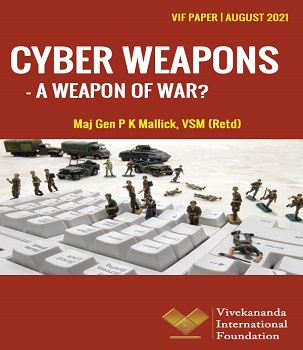


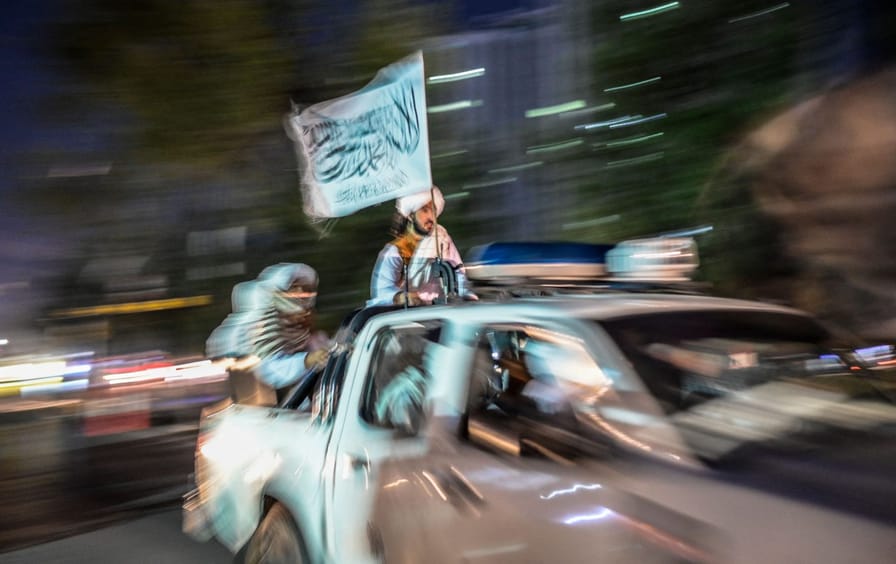
:quality(70)/cloudfront-us-east-1.images.arcpublishing.com/mco/AMWLECJWIBA2BEGS24PASC7V4Q.jpg)

